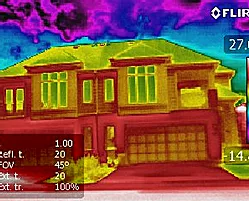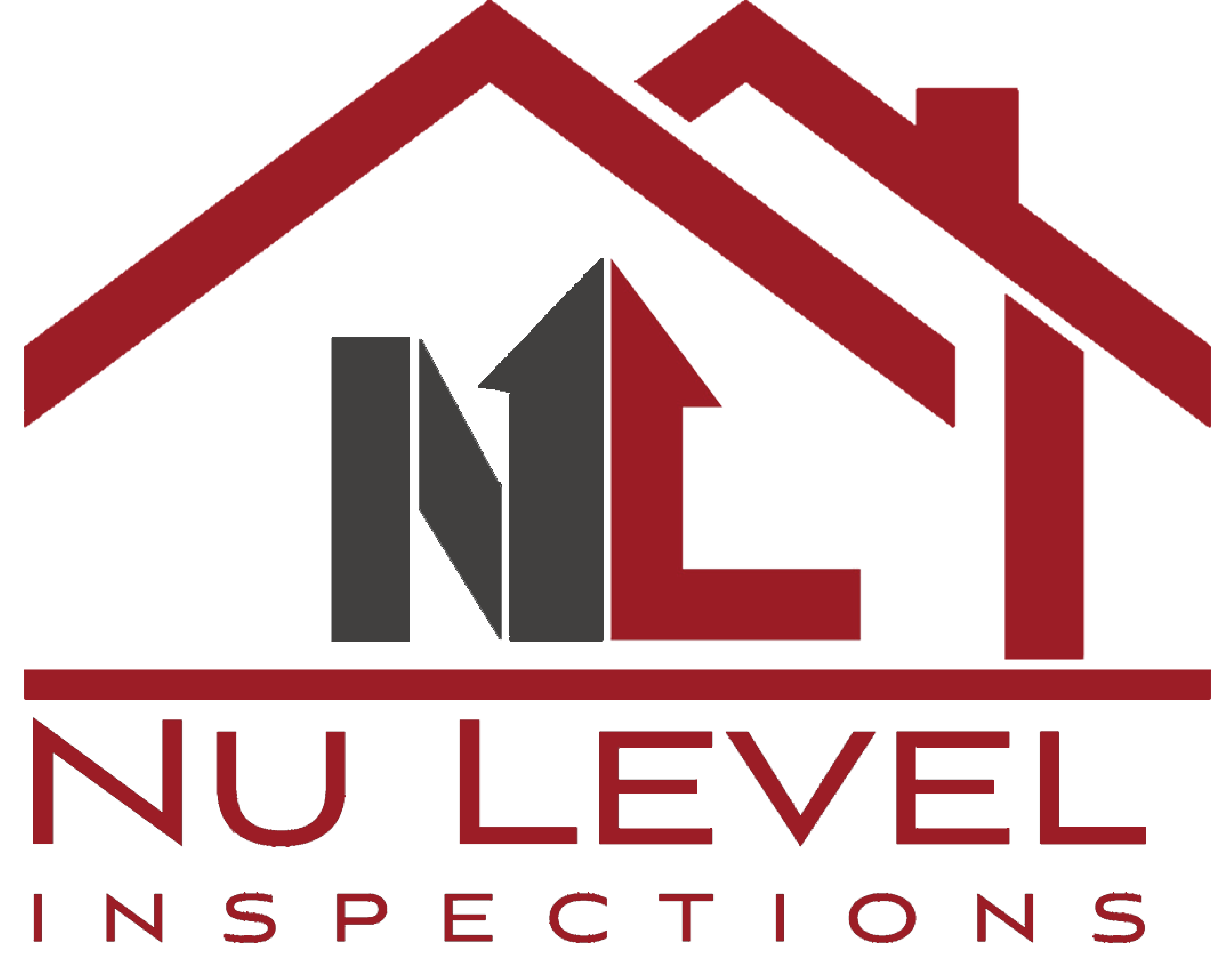How is Thermal Imaging used in a Home Inspection?

The benefits of infrared technology in today’s home inspections are numerous. A trained thermographer can spot anomalies that would not otherwise be visible. But first let’s talk about what Thermal Imaging actually is so we can better understand its capabilities and its limitations.
Myth: Thermal imaging cameras can see through walls. This is false.
Fact: Thermal imaging cameras detect surface temperature only!
The basic principles of thermal imaging are as follows. All materials, which are above 0 degrees Kelvin (-273 degrees C), emit infrared energy. The infrared energy emitted from the object is converted into an electrical signal by an imaging sensor in the camera and displayed as a color or monochrome thermal image. Clear as mud right? Good. Now let’s talk about how we use this to our advantage during a home inspection.
Let’s say we are looking at an exterior wall from inside the home. We know that the wall is typically constructed of wood, insulation, and drywall. Normally we would not know if there was missing insulation or moisture inside the wall unless we cut a hole and looked. But, if we look at the same wall with a thermal imaging camera, we can now see the surface temperature of the drywall, which is the key in spotting irregularities within the wall assembly. Any missing insulation or water damage inside the wall for example, will change the surface temperature in that affected area and would then become visible in contrast to the unaffected area. The home inspector would identify the anomaly and further investigate. Most importantly, there needs to be a temperature difference (ideally at least 10°) between outside and inside for an issue to be visible with the camera. Without a temperature difference, the surface temperature of the wall would be the same, and show nothing.

Visualize energy losses
Detect missing or defective insulation
Source air leaks
Find moisture in insulation, in roofs and walls.
Locate water ingress in flat roofs
Detect framing issues
Find faults in supply lines for in-floor heating
Detect electrical faults
At Nu Level Inspections, we include thermal imaging with every home inspection, at no additional cost. Please contact us for more information on any of our services.

